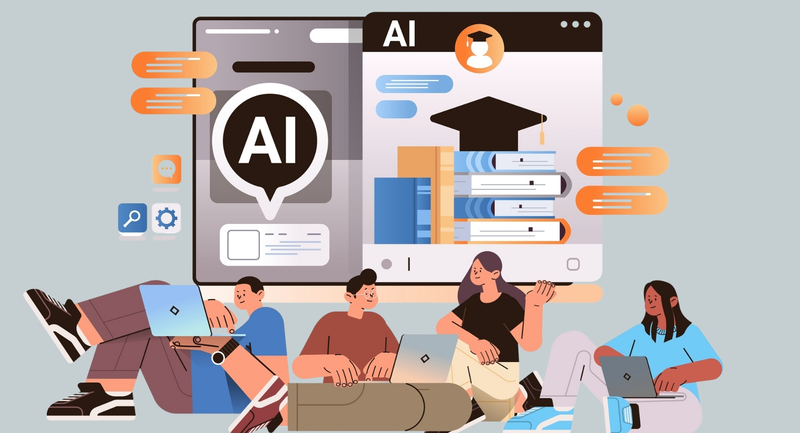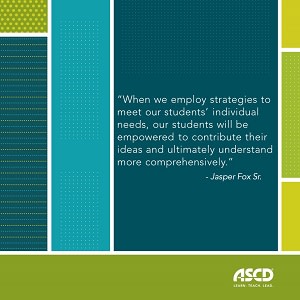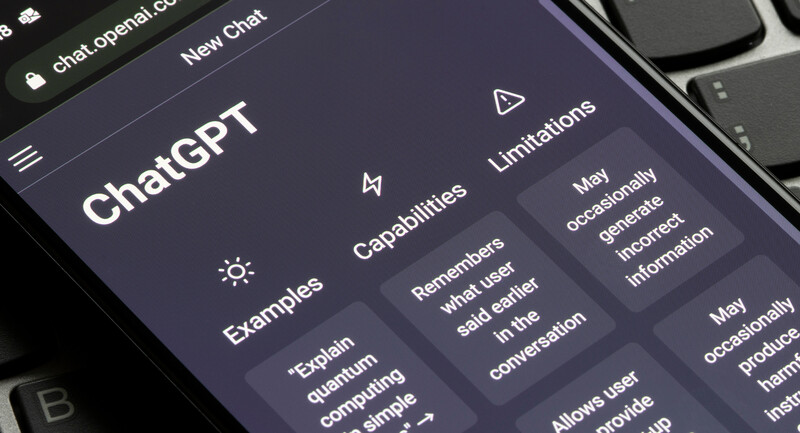On April 15, Educational Leadership published a fast-tracked special report titled “A New Reality: Getting Remote Learning Right.” Designed to provide guidance and spark problem solving, the report brings together a range of expert educators to share ideas and reflections on teaching and learning during this difficult and unusual period. We hope it serves as a helpful resource for school leaders and educators in planning and decision making.
As its title suggests, the report spotlights a variety of technological and instructional best practices for remote (or distance) learning, including for students with disabilities. But the articles also bring out a few larger—and closely related—themes that may provide a good framework for this work. Here, in my reading, are the big takeaways:
1. Identify key priorities.
One message that’s highlighted repeatedly in the report is that, in setting up initiatives and systems to support students remotely, schools should aim to zero in on a few key priorities and try not to overdo it. Given the intricacies of online learning and the challenges families and educators are facing, attempting to replicate the regular school day, maintain coverage goals, or unleash an array of exotic new tech tools probably isn’t feasible or wise. Instead, educators should focus on the big picture and concentrate on the things that students absolutely need and can do under the circumstances, possibly including well-calibrated independent projects. As MIT professor Justin Reich writes, “Schools that do a few simple things well, listen to stakeholders, and plan for the future will likely be in the best position on the other side of this crisis.”
2. Foster community.
Another message that runs through the report is the need for educators to focus on building or maintaining a sense of community in these hastily assembled remote-learning settings. For blended-learning expert Catlin Tucker, fostering social interactions and human connections is an essential (though often overlooked) component of effective online instruction. Other contributors emphasize the importance of creating shared expectations and structures with students, re-establishing familiar classroom routines, and helping students maintain friendships. Especially at a time like this, anything educators can do to convey connection, normalcy, and consistency is important. And don’t overlook the added value of ongoing teamwork and collaboration among educators themselves.
3. Take a whole child approach.
The third point that emerges strongly from this report is that this is truly a whole child moment in education. It is a time when, even more than usual, many students’ needs are is far from strictly academic. In this connection, behavior analyst Jessica Minahan writes movingly about the anxiety and disorientation many students are experiencing and offers detailed strategies for helping them cope, even from a distance. Other articles discuss the need for schools to maintain consistent contact with families to stay on top of students’ social-emotional and physical needs and ensure that critical supports are in place. As educator and activist Dena Simmons writes in her powerful piece on the equity issues this crisis has exposed, “social distancing is not the same for everyone—for our students and adults alike.”
As these ideas illustrate, remote learning is about much more than technology. And our report suggests that how we conceive of it during this crisis may even have important implications for the future. “Out of this trying time,” as inclusion specialist Lee Ann Jung writes, “we will absolutely develop new tools that will help us serve students more holistically and with greater focus going forward.”
All articles in “A New Reality: Getting Remote Learning” are free and open to all readers. The full report is also available as a free PDF download.








